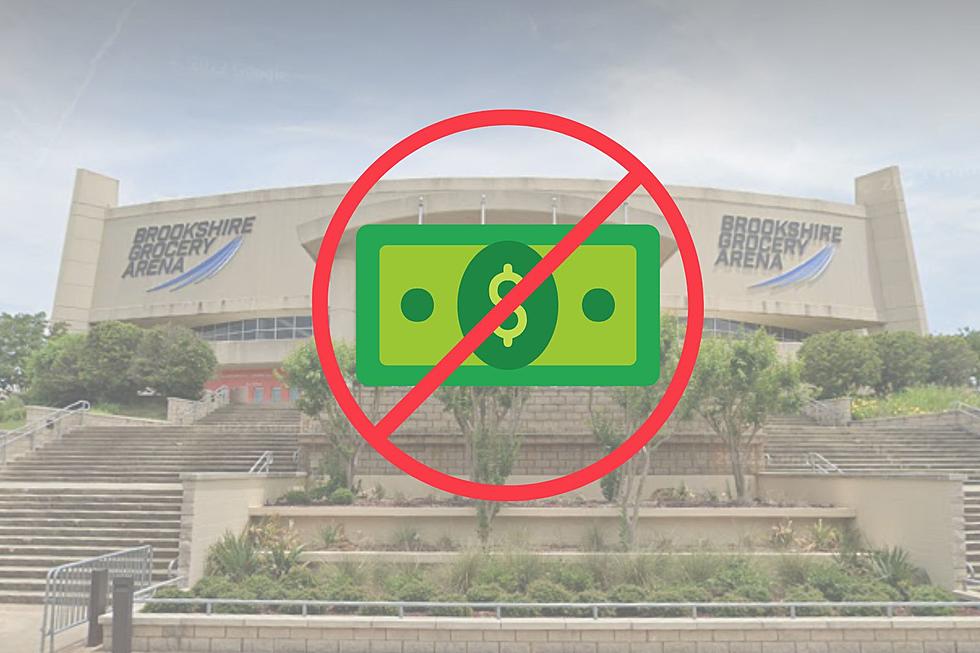
Attention Louisiana iPhone Users: Your Device Will (Loudly) Sound Off This Wednesday
If you’re an iPhone user in Louisiana, prepare for a jarring noise to interrupt your Wednesday afternoon. The Federal Emergency Management Agency (FEMA) and the Federal Communications Commission (FCC) have announced a nationwide test of the Emergency Alert System (EAS) and Wireless Emergency Alerts (WEA) on October 4, 2023.
The two-part test is scheduled for 2:20 p.m. Eastern Time, translating to 1:20 p.m. for Louisianans. The first portion, EAS, will disseminate test messages through televisions and radios. This will mark the seventh nationwide EAS test. The second part will target consumer cell phones and smartphones, marking the third nationwide WEA test, and the second to be sent to all cellular devices.
The alert will utilize FEMA's Integrated Public Alert and Warning System (IPAWS), a centralized internet-based system designed for mass communication during emergencies. The message will be available in English or Spanish, depending on the device’s language setting, stating, "THIS IS A TEST of the National Wireless Emergency Alert System. No action is needed."
The alert tone—known for its high volume and distinct sound—is the same as that used for National Weather Service warnings and Amber Alerts.
Smartphones must be connected to cellular networks to receive the test; devices on Wi-Fi or airplane mode will not receive the notification.
For those wishing to opt-out, dial 500525370# to disable test notifications. If you wish to enable them again, dial 500525371#.
In case of widespread severe weather or other emergencies, a backup date is scheduled for October 11.
While the test is critical for national preparedness, some concerns have been raised. "My classroom will certainly sound interesting with all of the alerts going off at the same time," commented one local teacher. Others worry about potential panic attacks or accidents induced by the sudden, jarring tone. As such, awareness and preparation for this test are advised.
The sound will most likely fire off between 1:20 p.m. and 1:50 p.m. Central Time.
For iPhone users in crowded spaces or sensitive environments on October 4, please be advised and prepare for the noise alert. Your safety—and peace of mind—is a top priority.
LOOK: The most expensive weather and climate disasters in recent decades
Gallery Credit: KATELYN LEBOFF





